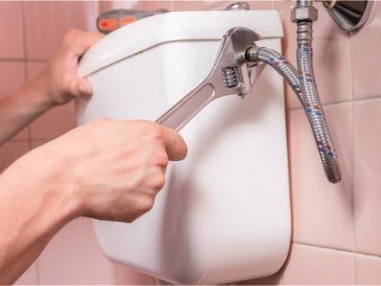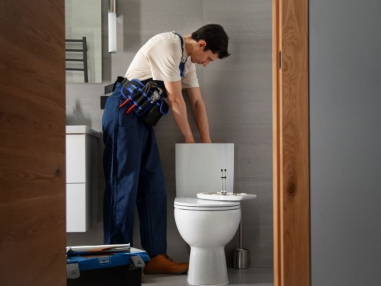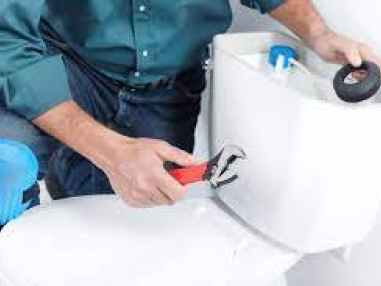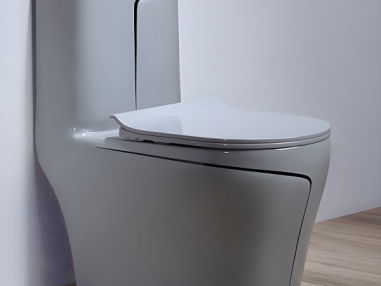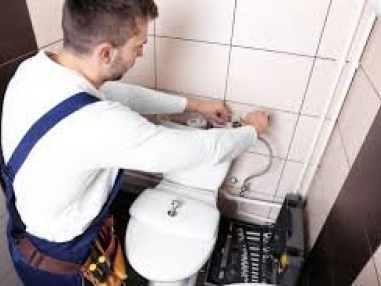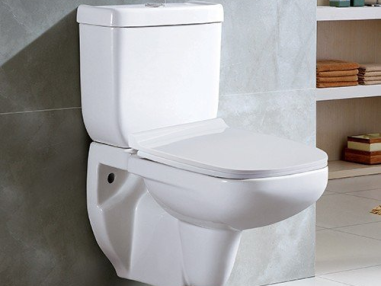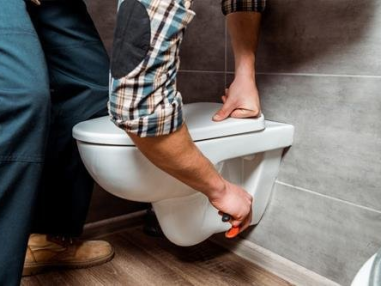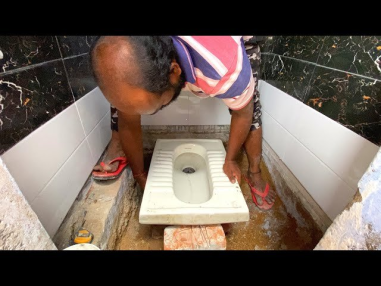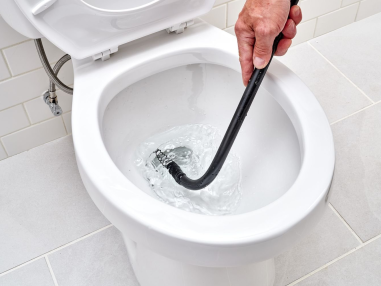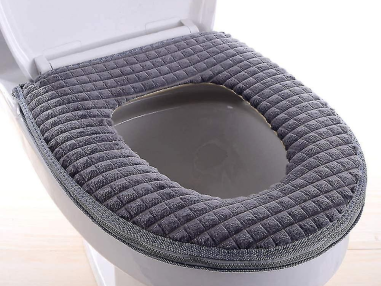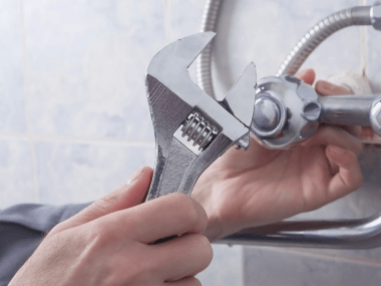
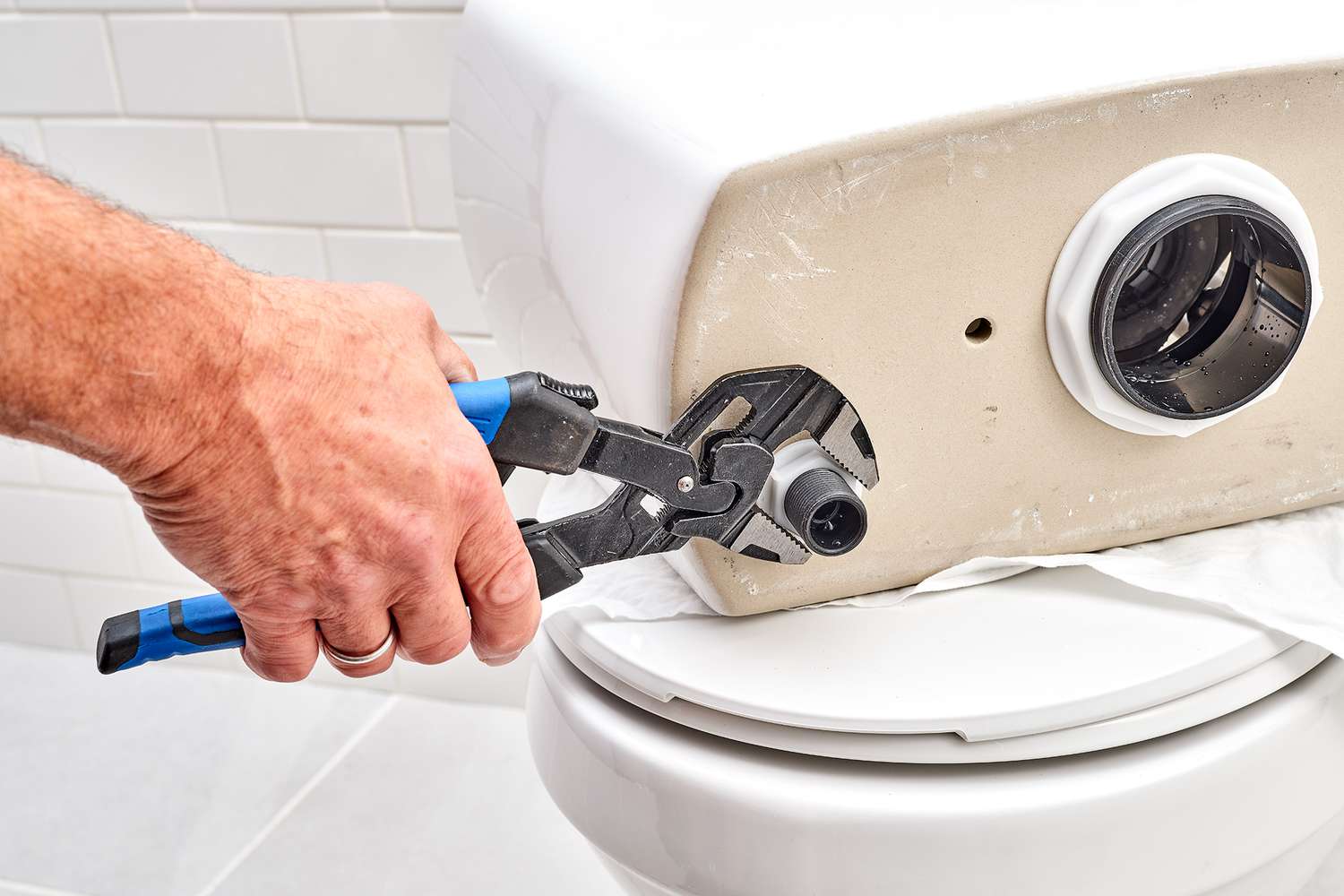
Replacing a flush tank on a floor-mounted western toilet can be a manageable DIY task if you have some basic plumbing knowledge and tools. Here's what you'll need to know to decide
Suitable for Flush Tank Replacement (if you have):
Basic Plumbing Knowledge: Understanding how the tank connects to the toilet bowl and water supply is essential.
Standard Tools: Adjustable wrenches, screwdrivers, a bucket (to catch water), and possibly a work glove for better grip are usually enough.
Replacement Flush Tank (compatible): Ensure the new tank is compatible with your existing toilet bowl model. Look for the toilet model number (usually stamped inside the tank lid or on the bowl) to find a compatible replacement tank.
Shut-Off Valve Accessibility: The ability to easily turn off the water supply to the toilet is crucial.
Steps Involved in Flush Tank Replacement (General Overview):
Turn Off the Water Supply: Locate the shut-off valve for the toilet and turn off the water supply completely. This prevents water flow while you work.
Empty the Tank: Flush the toilet to empty the tank as much as possible. You can also use a cup to remove any remaining water.
Disconnect the Water Supply Line: Using an adjustable wrench, loosen and disconnect the water supply line from the fill valve at the bottom of the tank.
Disconnect the Tank Bolts: Inside the toilet bowl, locate and loosen the nuts and washers securing the tank to the bowl with the wrench. You might need to hold the tank bolts with another wrench to prevent them from turning inside the bowl.
Carefully Lift the Old Tank: Carefully lift the old tank straight up and away from the bowl. Set it aside for proper disposal.
Install the New Tank Mounting Gasket: Place a new tank mounting gasket (creates a watertight seal) on the rim of the toilet bowl.
Position the New Tank: Carefully lower the new tank onto the bowl, ensuring the mounting gasket is properly seated and the tank bolts align with the holes in the
bowl.
Secure the Tank to the Bowl: Insert the tank bolts from inside the bowl, then tighten the nuts and washers from the top of the tank with the wrenches. Tighten firmly but evenly (avoid over-tightening).
Reconnect the Water Supply Line: Using the wrench, reconnect the water supply line to the fill valve on the new tank. Ensure a secure connection and use Teflon tape for leak prevention. 1 Attach the Toilet Seat (if necessary): If the tank and seat came as separate units, install the toilet seat and lid on the new tank, following
the manufacturer's instructions.
Turn on the Water Supply Slowly: Open the shut-off valve gradually and check for leaks around the tank-to-bowl connection and the water supply line connection. Tighten any loose connections if necessary.
Test the Flush: Flush the toilet to check for proper flushing function and ensure there are no leaks around the base of the tank or the water supply line connection.
Important Considerations for Flush Tank Replacement:
Matching Tank Model: Using a compatible tank ensures proper fit and avoids installation issues.
Proper Sealing: A secure tank mounting gasket is crucial to prevent leaks between the tank and the bowl.
Following Instructions: Refer to the new tank's manual for specific instructions on installation and torque recommendations for connections.
When to Call a Professional Plumber:
Hidden Leaks or Rusted Connections: If you suspect leaks within the wall or encounter heavily rusted connections that are difficult to loosen, call a professional
plumber to avoid further complications.
Cracked Toilet Bowl: If the toilet bowl itself is cracked or damaged, you'll need to replace the entire toilet, which is a job better suited for a professional
plumber.
Limited Experience or Confidence: If you lack confidence in your ability to handle the replacement or feel uncomfortable working with plumbing connections, don't hesitate to call a professional plumber for a secure and leak-free installation.
Finding a Qualified Plumber:
Get Recommendations: Ask friends, family, or local hardware stores for recommendations on reputable plumbers experienced in toilet repairs.
Check Online Reviews: Read online reviews to gauge customer experiences with potential plumbers.
Verify Credentials: Ensure the plumber is licensed and insured.
Get Quotes: Obtain quotes from several plumbers to compare pricing and services offered.
